Ever since I got my ASUS ROG Ally, it's become one of my favorite devices, hands down. As someone who doesn’t own a gaming desktop or console, it’s been my primary (and only) gaming machine, and for the most part, it’s served that role incredibly well.
But one thing that’s always bothered me about the ROG Ally is the fact that it runs Windows 11. As good as the hardware is, the software always felt like it was getting in the way. It made me seriously consider whether I should have just gone with a Steam Deck instead, even if it wasn’t as powerful. Windows just never felt quite right on a handheld. So when SteamOS officially became available for devices like the ROG Ally, I had to give it a try.
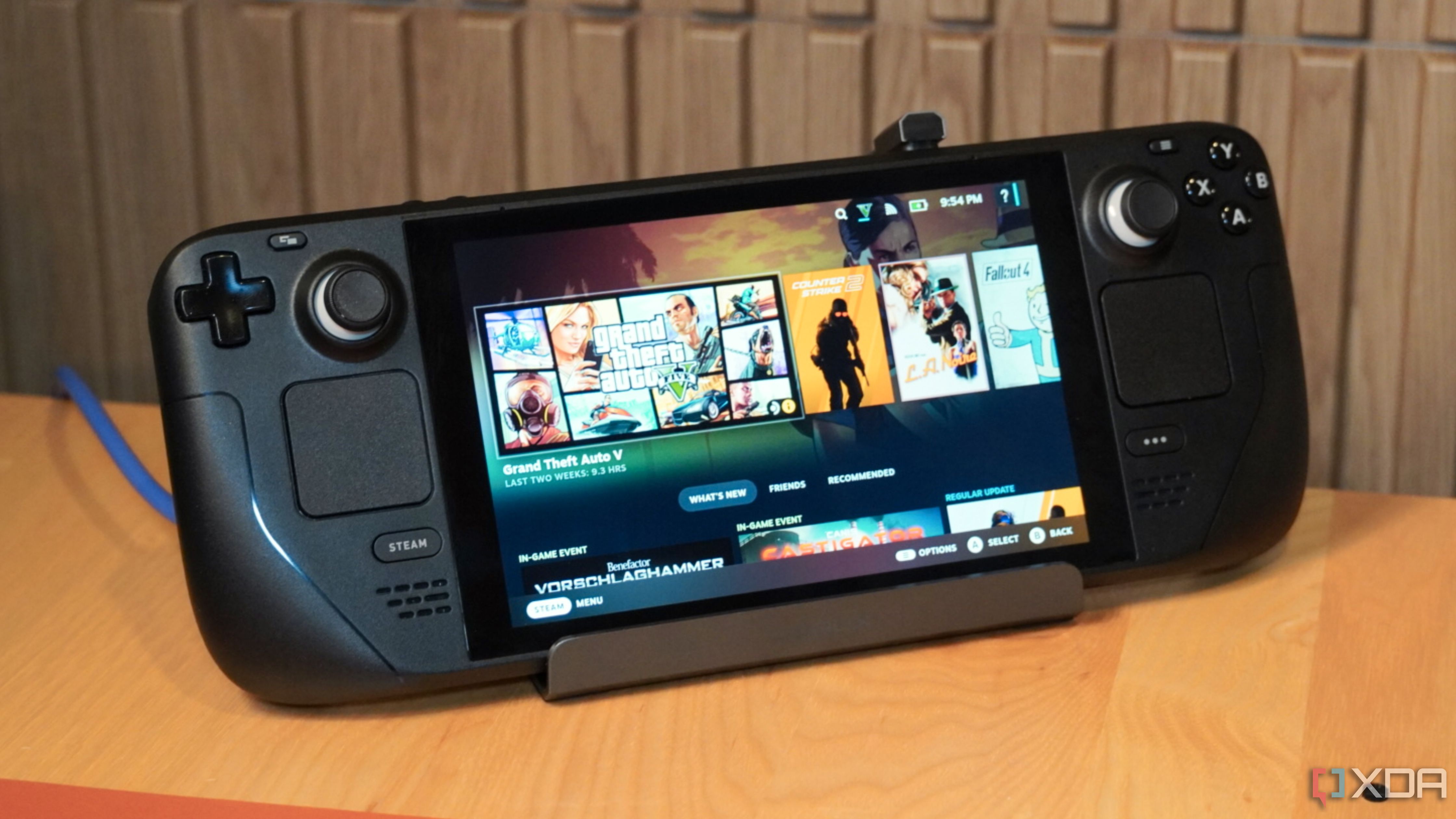
Related
4 reasons Valve's full SteamOS release will change PC gaming again
Valve's full SteamOS release will change PC gaming again, and here are some of the most important ways.
A UI that actually works with a controller
You don’t realize how frustrating Windows is on handhelds until you have to deal with it
The first thing that I noticed was how much easier the entire setup process was on SteamOS. I didn’t have to fiddle with small UI buttons on the 7-inch touchscreen, asking Microsoft not to track me. I could easily navigate the entire system using the controller, and I was pretty much ready to go within 10 minutes (It took me around an hour to set up Windows on the ROG Ally for comparison).
Once I booted into SteamOS, it was immediately clear that this was built to be used like a console. Everything from the layout to the navigation felt natural with a controller in hand. Having my entire Steam library ready to launch, right from the home screen, just felt right. This is exactly how handheld gaming was always supposed to be.
Asus does ship the Armoury Crate app with Windows, which launches automatically and gives you a controller-friendly UI to start your games. But even at its best, it’s buggy and slow. You still need to jump through hoops to install launchers, tweak settings, and deal with Windows in the background. None of it comes close to the kind of polish SteamOS offers out of the box.
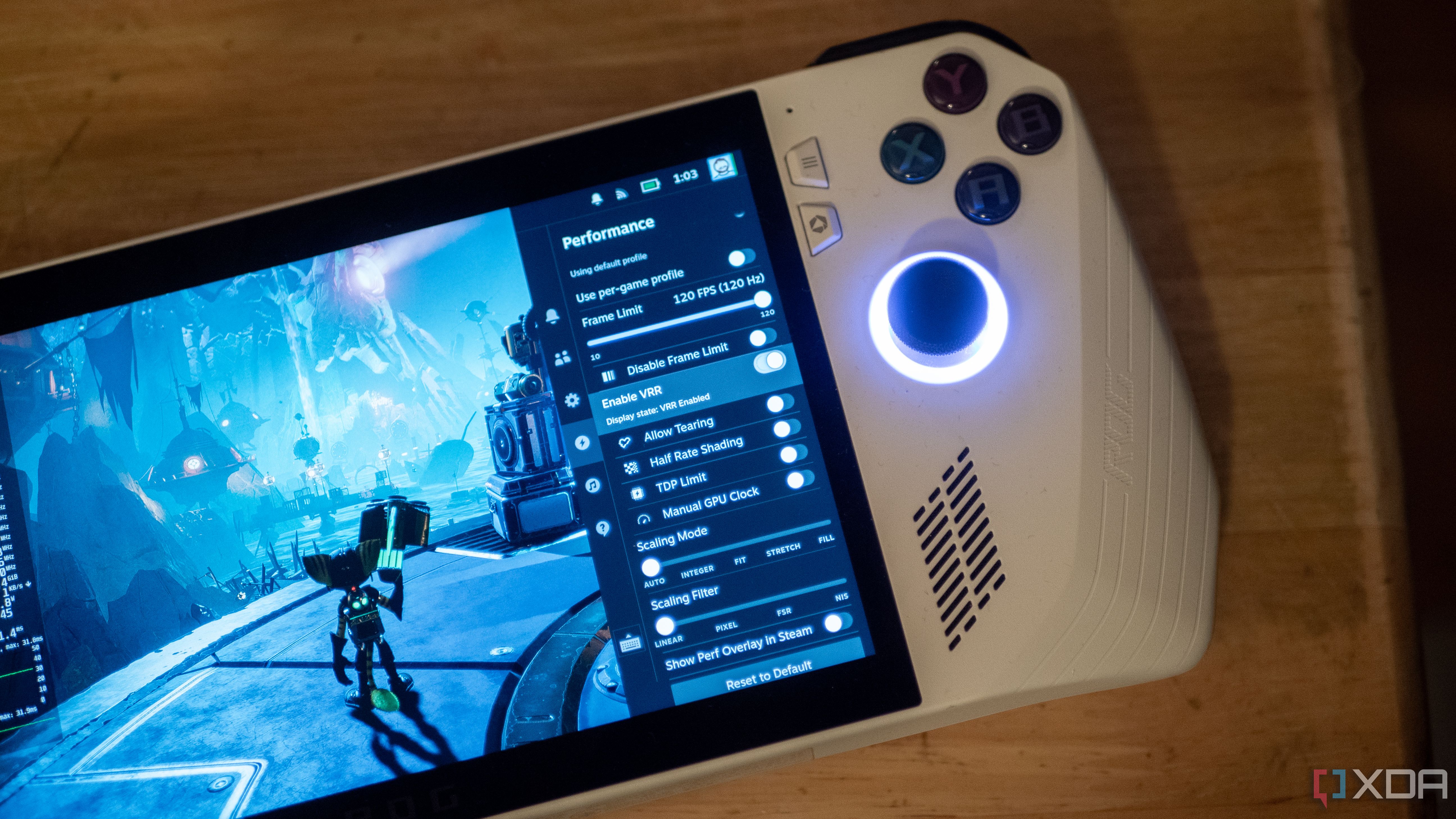
I’d almost be willing to overlook the fact that Windows isn’t great with a controller. After all, it was never really designed to be used that way. But what makes it worse is that Windows also isn’t very good with touch. Windows 11 has made some improvements for touchscreen devices, but it’s still far from ideal as your main way of getting around.
So in the end, whether you’re using a controller or relying on touch, everything just feels awkward. SteamOS, on the other hand, was built from the ground up with both in mind, and you can feel the difference immediately.
Most of my games work right out of the box
Proton has come a long way
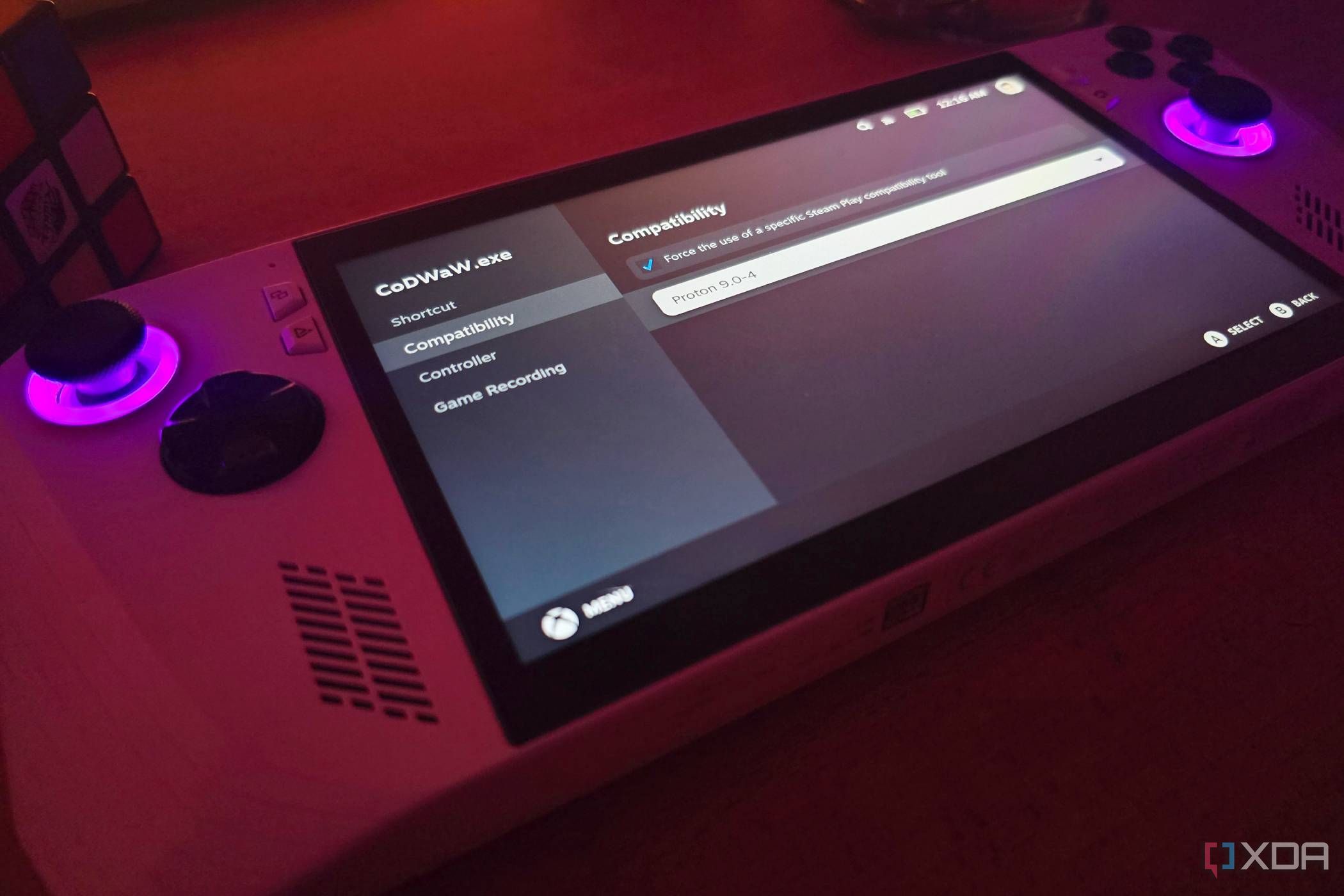
The majority of PC games still aren’t made for Linux, but that doesn’t mean you can’t play them. Thanks to Valve’s compatibility layer Proton, you can run Windows games on Linux through Steam. If you’re someone like me who mostly plays single-player games, compatibility really isn’t a problem. Most games I’ve tried not only run without any extra setup, but they actually perform better than they did on Windows (more on that later).
That said, if you mainly play multiplayer games, especially competitive titles, SteamOS might not be the best choice. Games with strict anti-cheat software like Valorant usually don’t run at all. Their anti-cheat software requires access to the Windows kernel, and it doesn’t play nicely with Linux. So it’s a tradeoff, depending on what kinds of games you play.
If you’re not sure whether your games will run, I strongly recommend checking out ProtonDB. It’s a community-driven site that tracks how well games run on Proton, and it’s a great resource for learning what to expect before switching to SteamOS or any other Linux distribution.
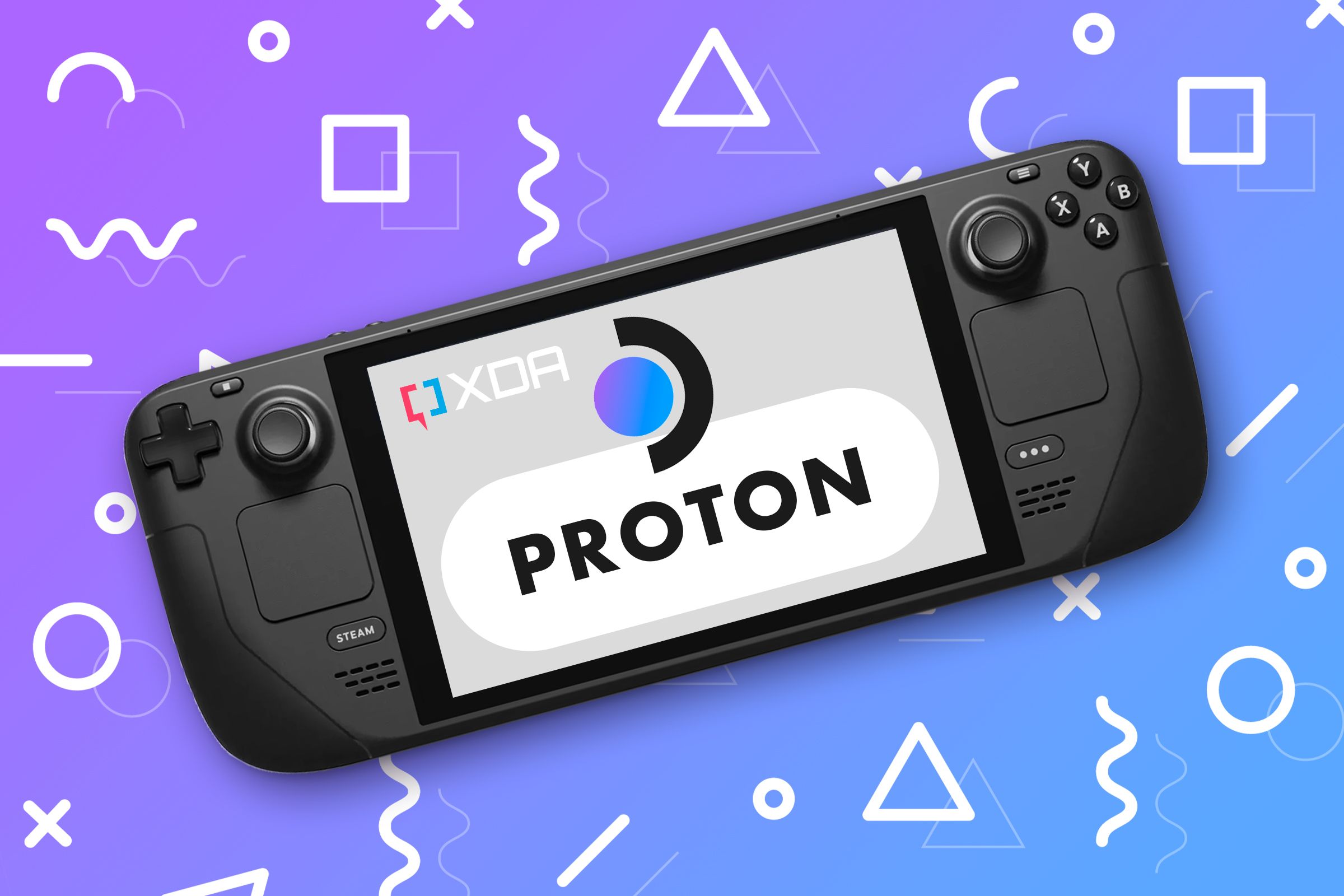
Related
How Proton on the Steam Deck works
If you have a SteamOS device and are curious about how it plays Windows-based games on Linux, then you've come to the right place!
Sleep mode that actually works
Instantly picks up right where I left off
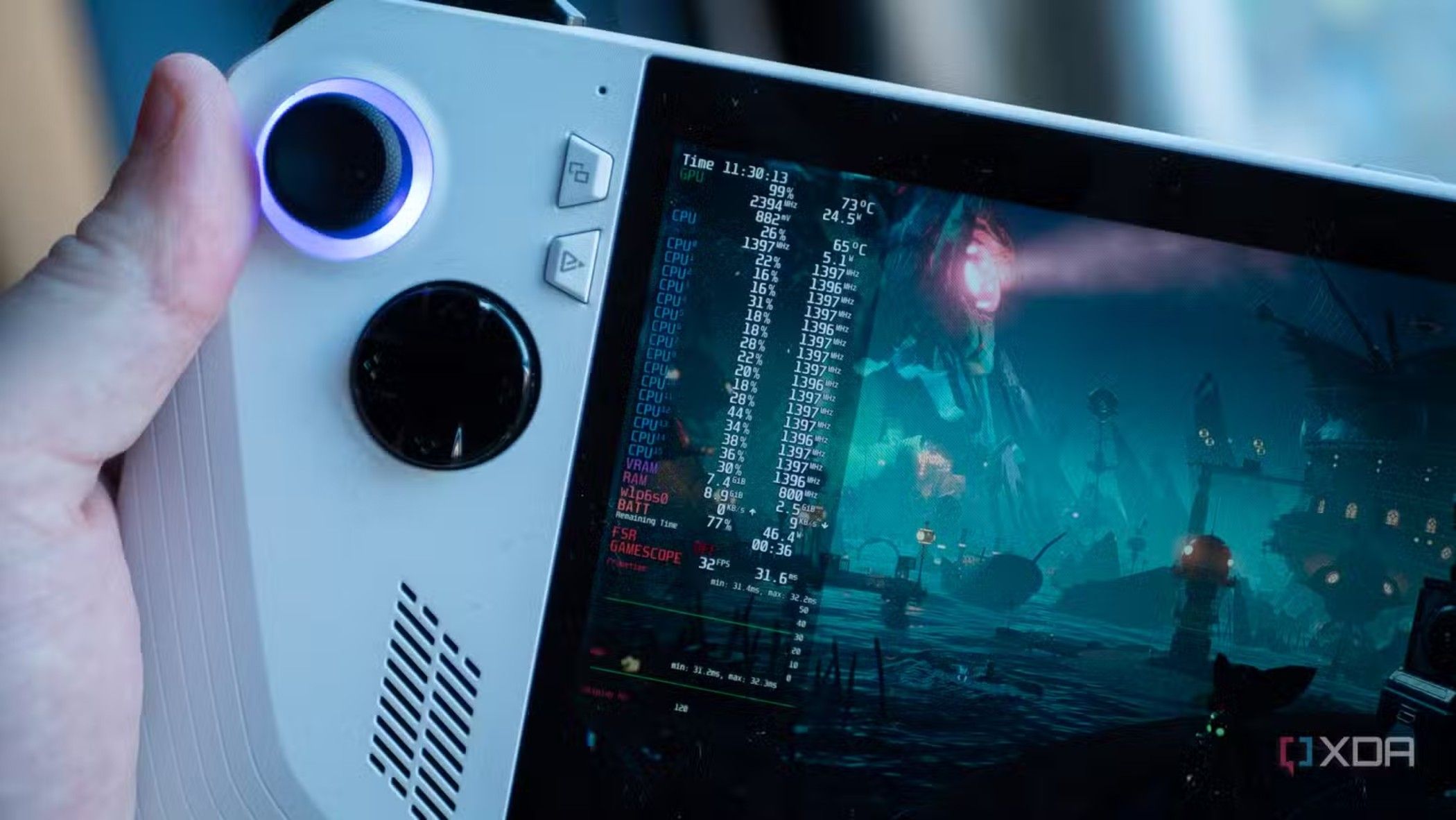
One of my biggest annoyances with Windows was that sleep mode was constantly broken on the ROG Ally, which seemed like such a huge oversight. When I put the device to sleep, I’d occasionally run into this weird bug where the RGB lights on the joysticks would randomly start flashing and wouldn’t stop unless I fully shut it down. And despite being in sleep mode, it would completely drain the battery in just a few hours.
The only real workaround was switching to hibernate mode. That did fix the RGB issue, but the battery still drained faster than expected, and resuming from hibernation just wasn’t that smooth. It felt like I was booting up a full PC every time, which kind of defeats the whole purpose of a handheld.
SteamOS, on the other hand, just nails it. I can leave the ROG Ally asleep for days, and when I power it back on, my game picks up exactly where I left off, with plenty of battery left.
Better performance across the board
SteamOS runs games smoother than Windows ever did
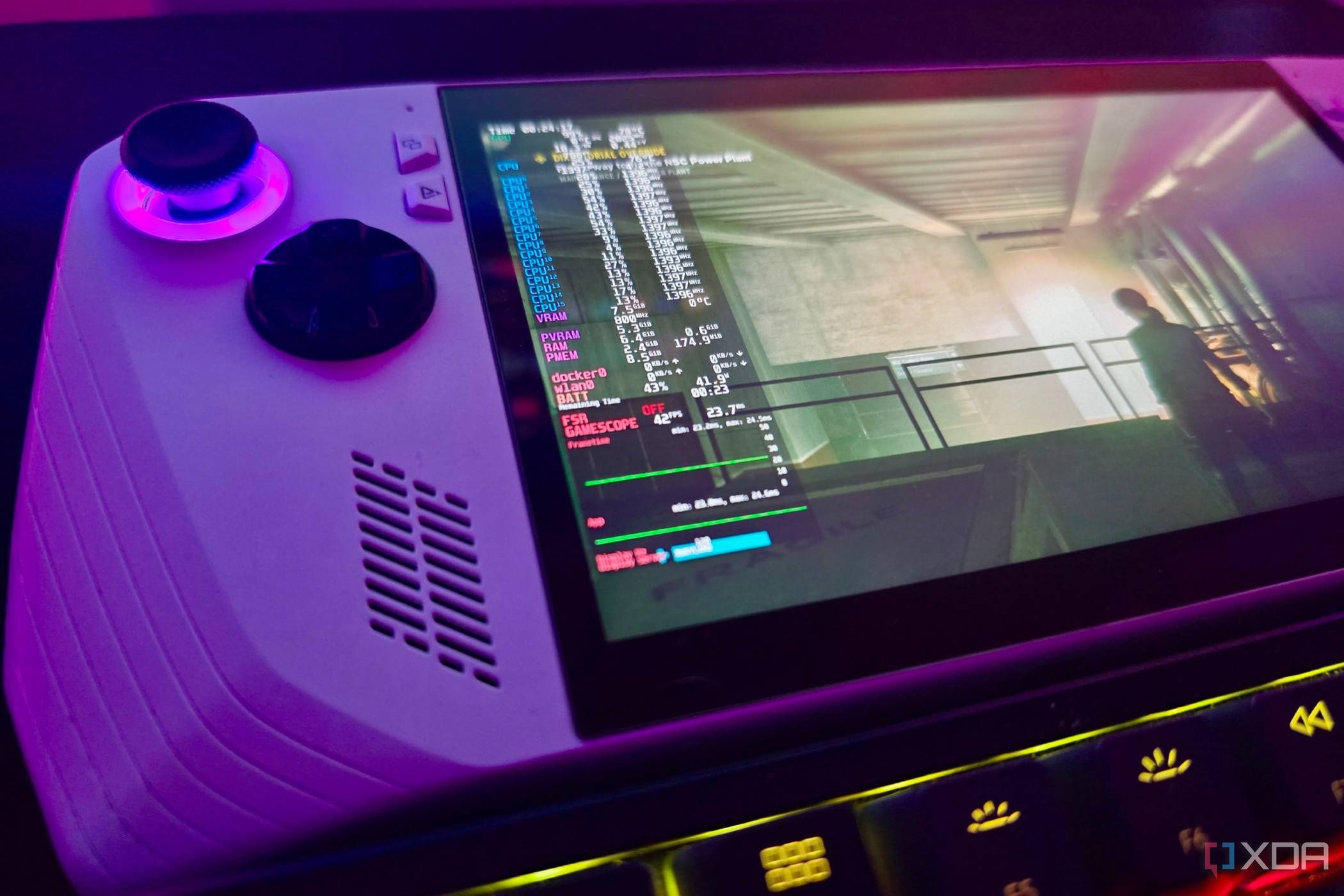
I wasn’t expecting the performance to be better than Windows, especially since everything on SteamOS runs through a compatibility layer. But I was completely wrong. Even in our recent comparison between the Windows and SteamOS versions of the Lenovo Legion Go S, SteamOS consistently came out ahead, and the same has been true on the ROG Ally.
I ran a bunch of games at the same settings and wattage, and the results below clearly show that SteamOS consistently performs better:
|
Cyberpunk 2077 |
54 |
40 |
|
The Last of Us Part I |
42 |
31 |
|
Control |
35 |
27 |
|
F1 2020 |
84 |
75 |
The biggest difference I noticed was in the 10–15W range, which is where most people cap their power when gaming away from an outlet. So it’s pretty disappointing that Windows can’t keep up, even while running games natively without any funky translation layers.
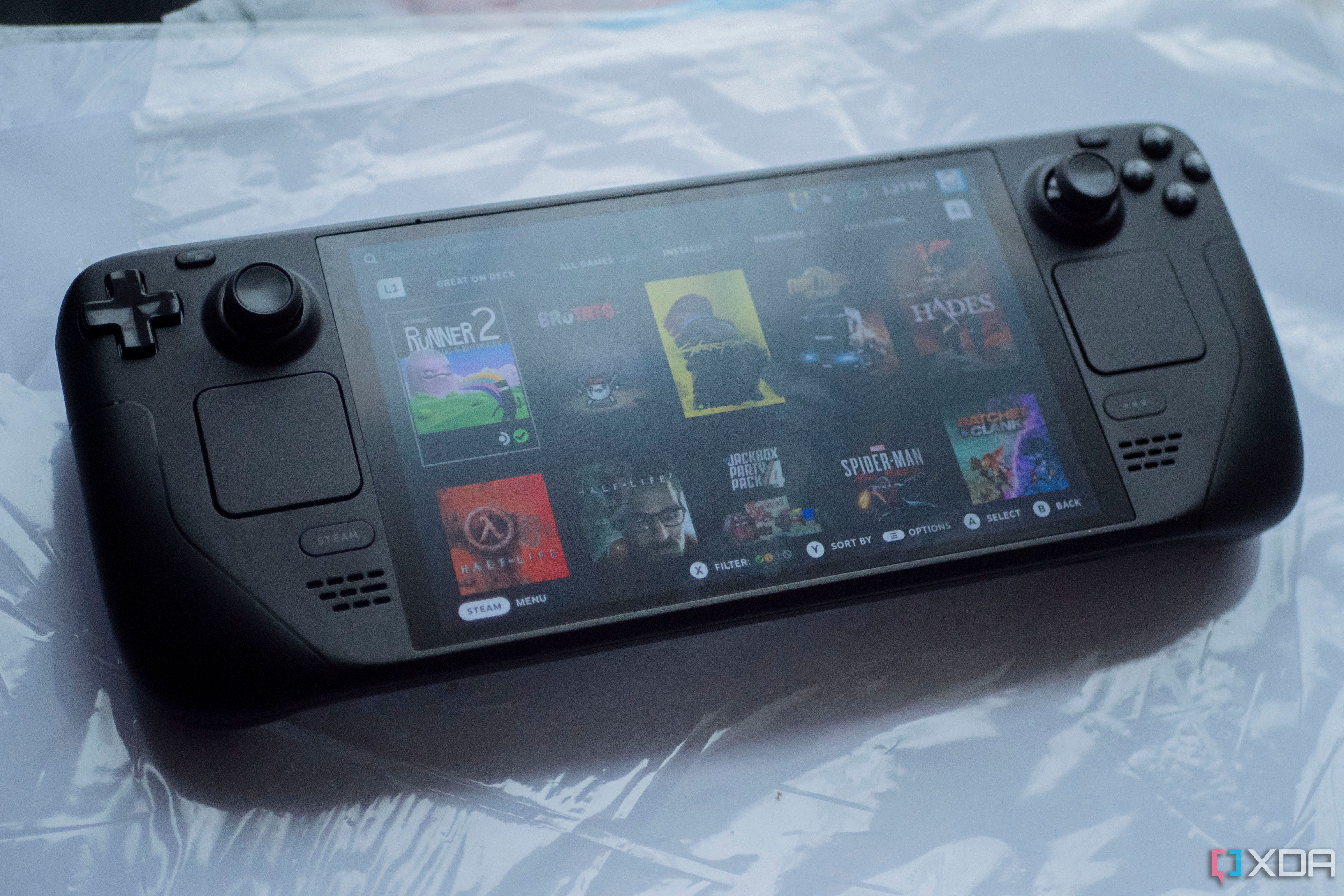
Related
Valve's SteamOS has already won the war on Windows
It's getting too late for Microsoft to fight back
SteamOS does have its caveats, though
Although I’ve had a great experience with SteamOS, I know it won’t be the same for everyone. Game compatibility is still a hurdle, and anti-cheat support remains a major roadblock for many popular multiplayer titles.
Outside of Steam, things get trickier. For example, launching the Epic Games Store through Heroic Launcher brings you right back to dealing with a desktop UI that’s not built for touch.
That said, for how and what I play, SteamOS has been more than enough, and I don’t see myself going back to Windows anytime soon.
.png)

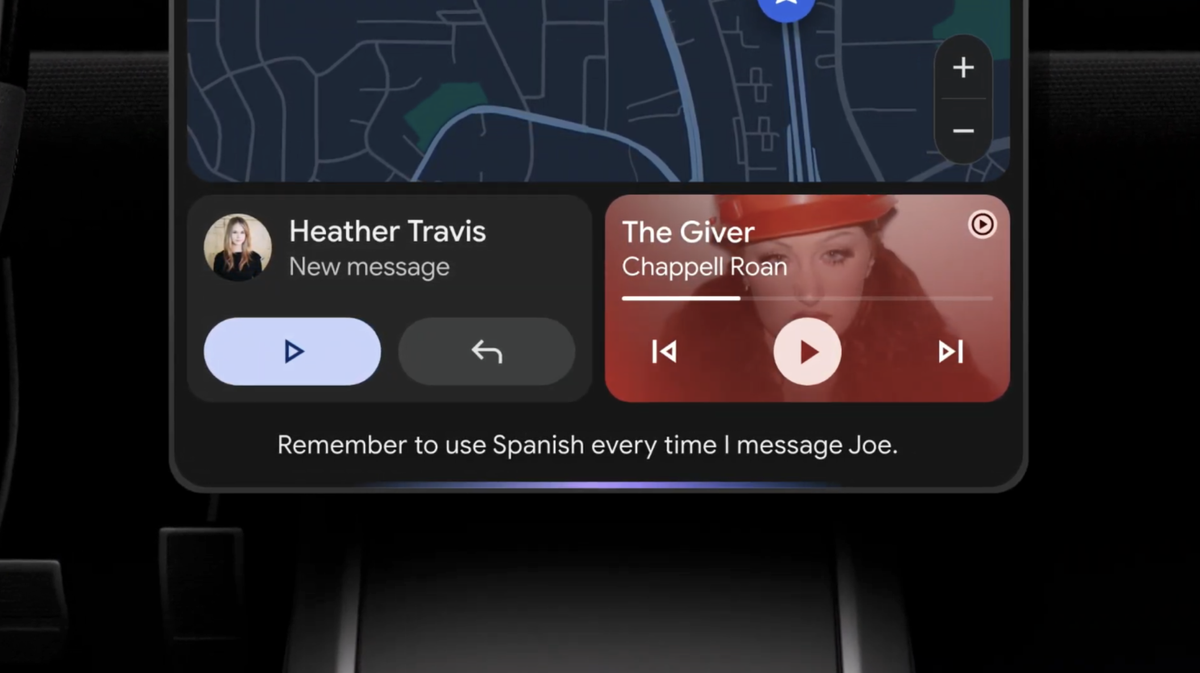









 English (US) ·
English (US) ·